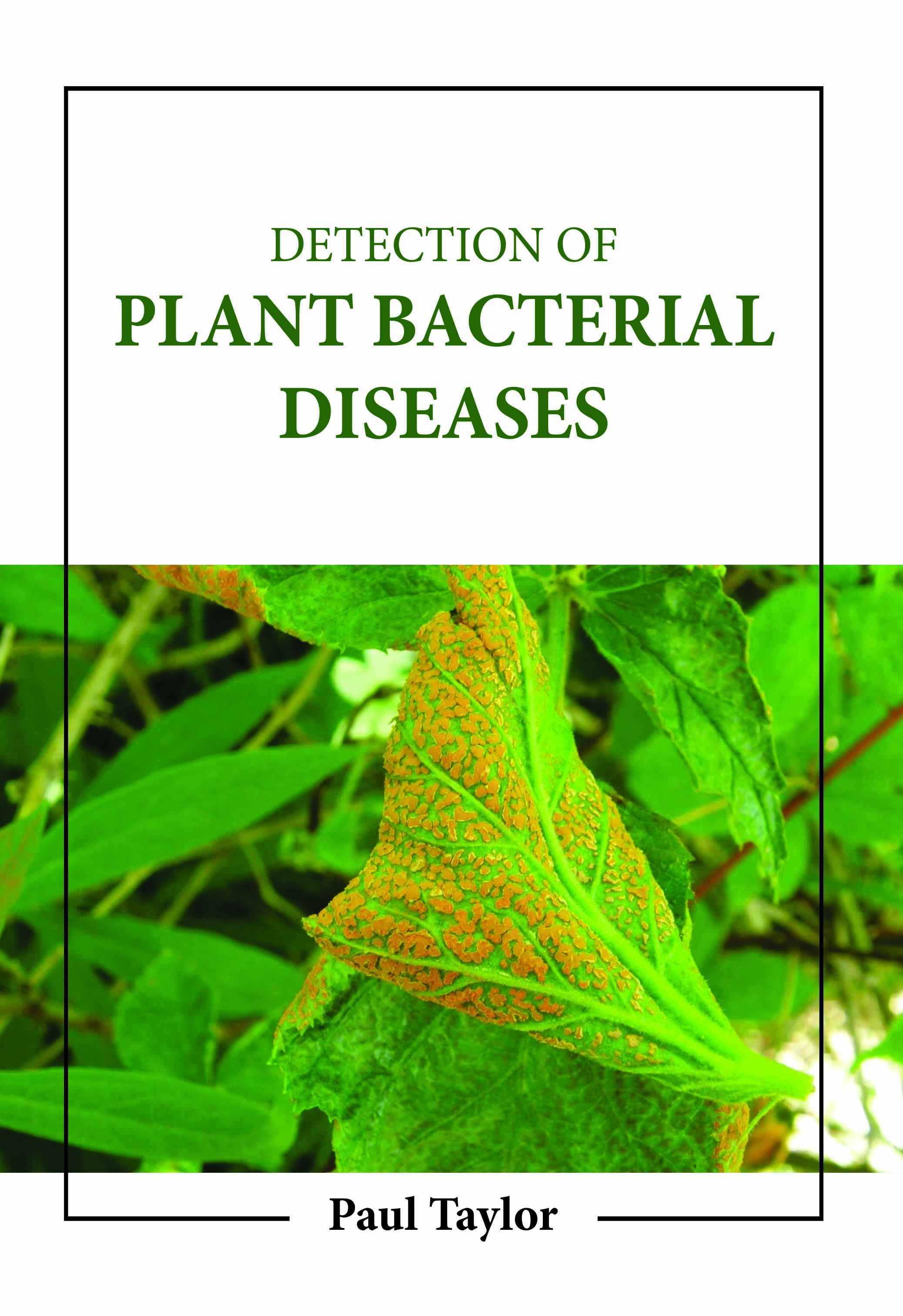
Detection of Plant Bacterial Diseases
by Paul Taylor
| ISBN | 9781806241293 |
|---|---|
| Publisher | Digital Drive Learning |
| Copyright Year | 2026 |
| Price | $272.00 |

by Paul Taylor
| ISBN | 9781806241293 |
|---|---|
| Publisher | Digital Drive Learning |
| Copyright Year | 2026 |
| Price | $272.00 |
Many people who deal with the various facets of human diseases in colleges, universities, and research institutes have long felt the need for a book like Detection of Plant Bacterial Diseases, which has been painstakingly assembled and edited to fill that need. It gives us a fresh perspective on how animals and disease-causing pathogens interact. Although they are thought of as having a simple structure, bacteria have a universal range of metabolic processes and are widely distributed throughout the planet. They can be found in jet fuel, on the rims of volcanoes, and even deep on the ocean floor, where they can thrive. In addition, there are both helpful and harmful bacteria. The digestion of animals, the fixation of nitrogen in the roots of some legumes, the decomposition of animal and plant remnants, and sewage disposal systems are just a few of the diverse activities aided by beneficial bacteria. Recent developments in the classification of bacteria have caused the taxonomy of plant pathogenic bacteria to be in flux. Xanthomonas, Clavibacter, Streptomyces, Xylella, Spiroplasma, Phytoplasma, Pectobacterium, Pantoea, Agrobacterium, Pseudomonas, Ralstonia, Burkholderia, Acidovorax, and Pantoea are the genera that include most plant pathogenic bacteria. Galls and overgrowths, wilts, leaf spots, specks and blights, soft rots, scabs and cankers are only a few symptoms caused by plant-pathogenic bacteria. Walled bacteria grow between cells and do not infiltrate host cells, unlike viruses present inside the host cells. The book aims to familiarize readers with the fundamental concepts underlying the major human disease theories from various disciplines directly or indirectly involved. Practitioners and those working in medical research may also find the book useful.